Milan celebrates ’Women in Italian Design’ at Esposizione Internazionale
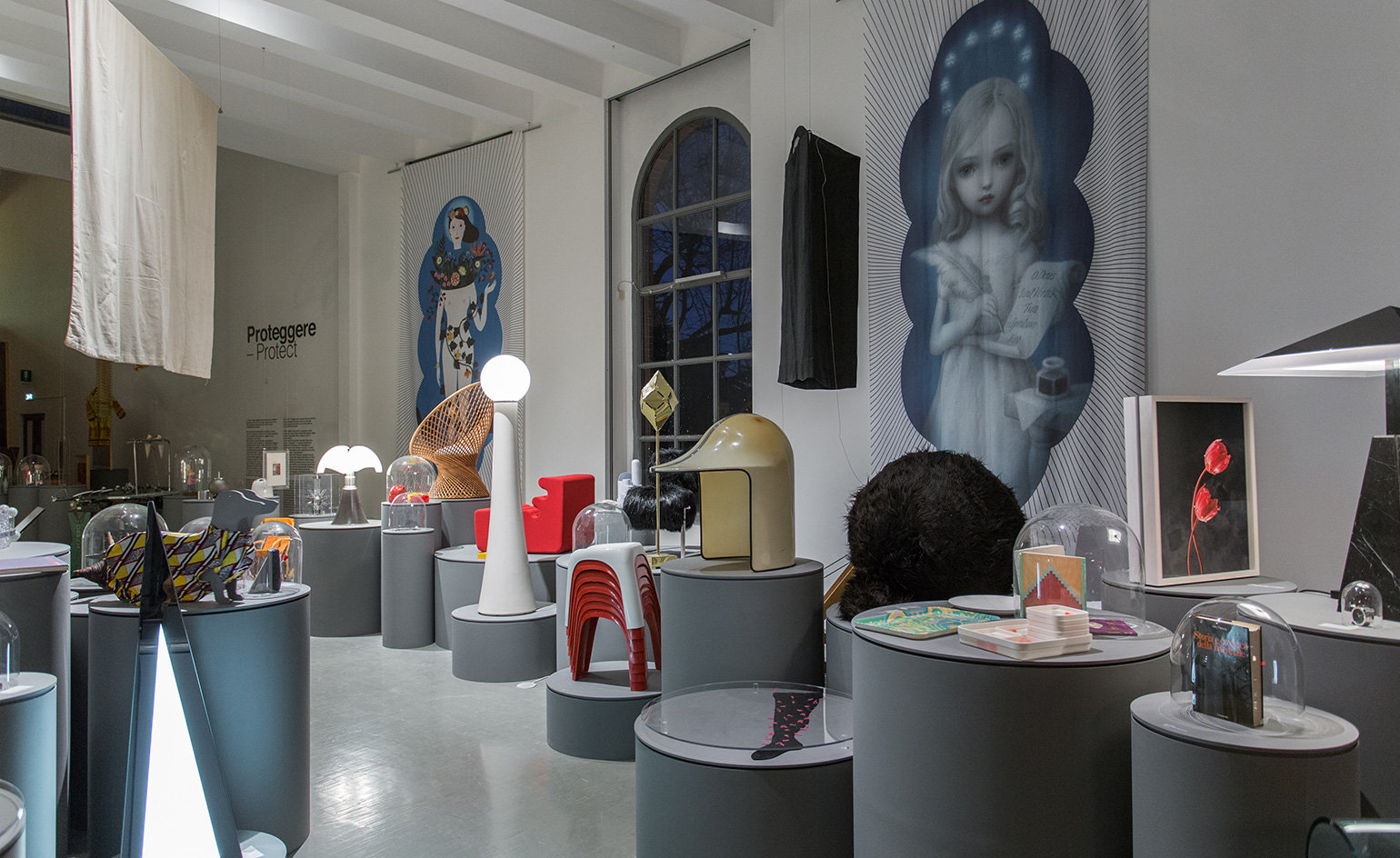
Having taken off during last year’s Expo, Milan’s Triennale is on a roll. In honour of the upcoming Salone del Mobile, and after a 20 year hiatus, the institution re-launches its Esposizione Internazionale, a single-themed, multi-curated network of exhibitions scattered throughout the city. Twenty exhibits dedicated to '21st Century Design After Design' can be found at the city’s leading contemporary art institutions, including Hangar Bicocca, Fabbrica del Vapore, Museo della Scienza e della Tecnologia (in a new pavillion designed by Luca Cipelletti) and Mudec.
As for the Triennale itself, the design museum is packed with programming associated with the Esposizione Internazionale, as well as single-themed exhibits of note. One of these is an excellent 'Women in Italian Design' show curated by the Triennale’s director Silvana Annicchiarico and designed by Margherita Palli, a Milan based set designer for La Scala.
The show brings together 650 objects designed by 400 Italian women, or female designers working for Italian companies. The show begins in the early 20th century with a weaving room, where women’s design skills were first applied to carpets, tapestries and lacework. From there, it jumps off into a colourful, joyful ride of creative output displayed on grey stacked cylinders, including ceramics, silverware, jewellery, furniture, woodwork and even chocolates – such as the famous 'Bacio Perugina' designed by Luisa Spagnoli (before she came along, the ‘kiss’ confection was given the name ‘punch’ – by a man, obviously).
Work from big female names in design – such as the recently passed Zaha Hadid, Gae Aulenti, Gabriella Crespi, Patricia Urquiola and Elsa Peretti – are all represented and mix easily with now anonymous talents. Italian women who have contributed significantly to Italian design such as Rossana Orlandi and Nina Yashar are represented with their signature sartorial codes; in this case, an unmistakable set of eyewear and turban, respectfully. Another Italian female, Irene Bacchi, created the cool graphics for the catalog and logo.
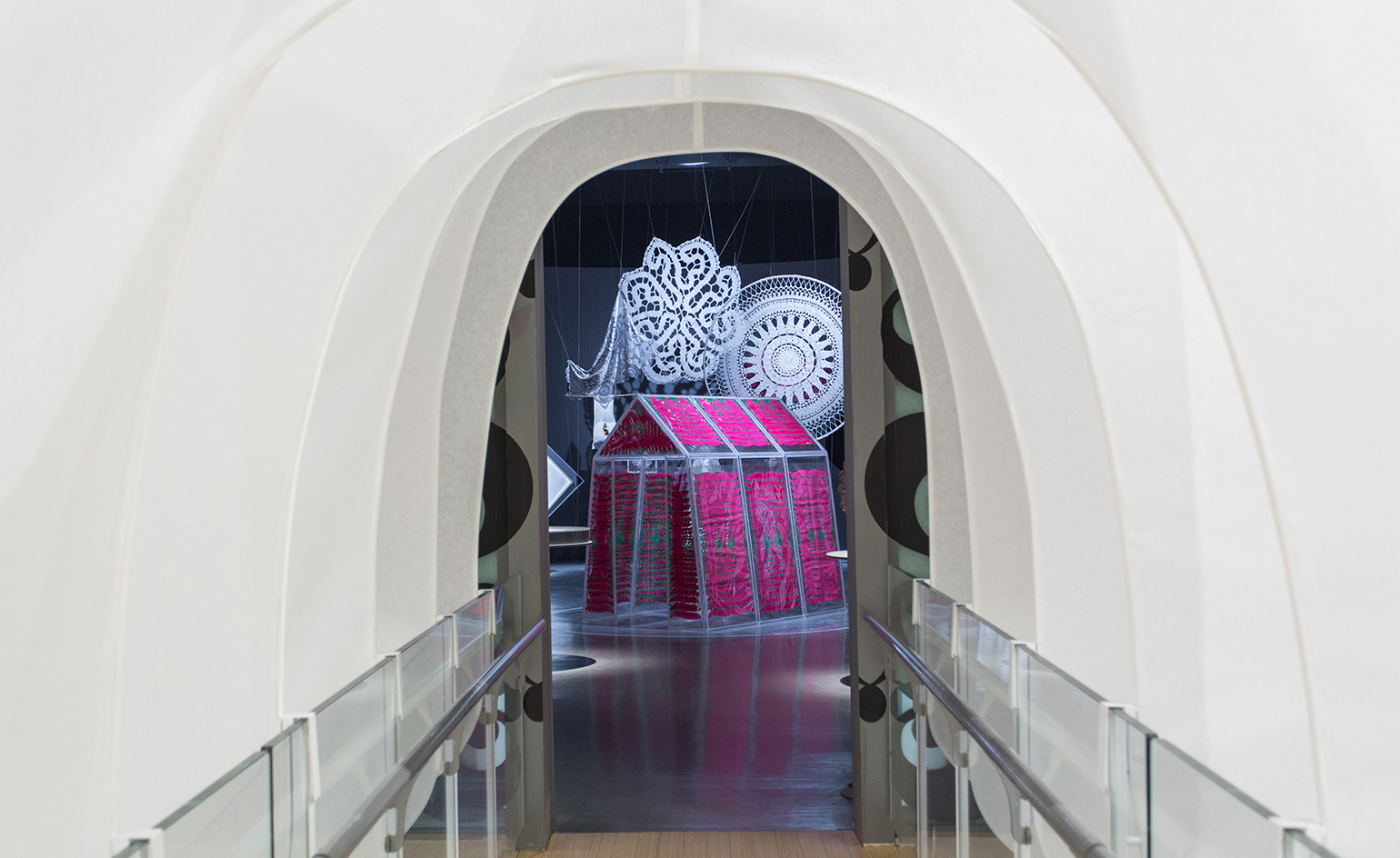
A single-themed, multi-curated network of exhibitions is scattered throughout the city, dedicated to ’21st Century Design After Design’. Pictured: ’Women in Italian Design’ installation view.
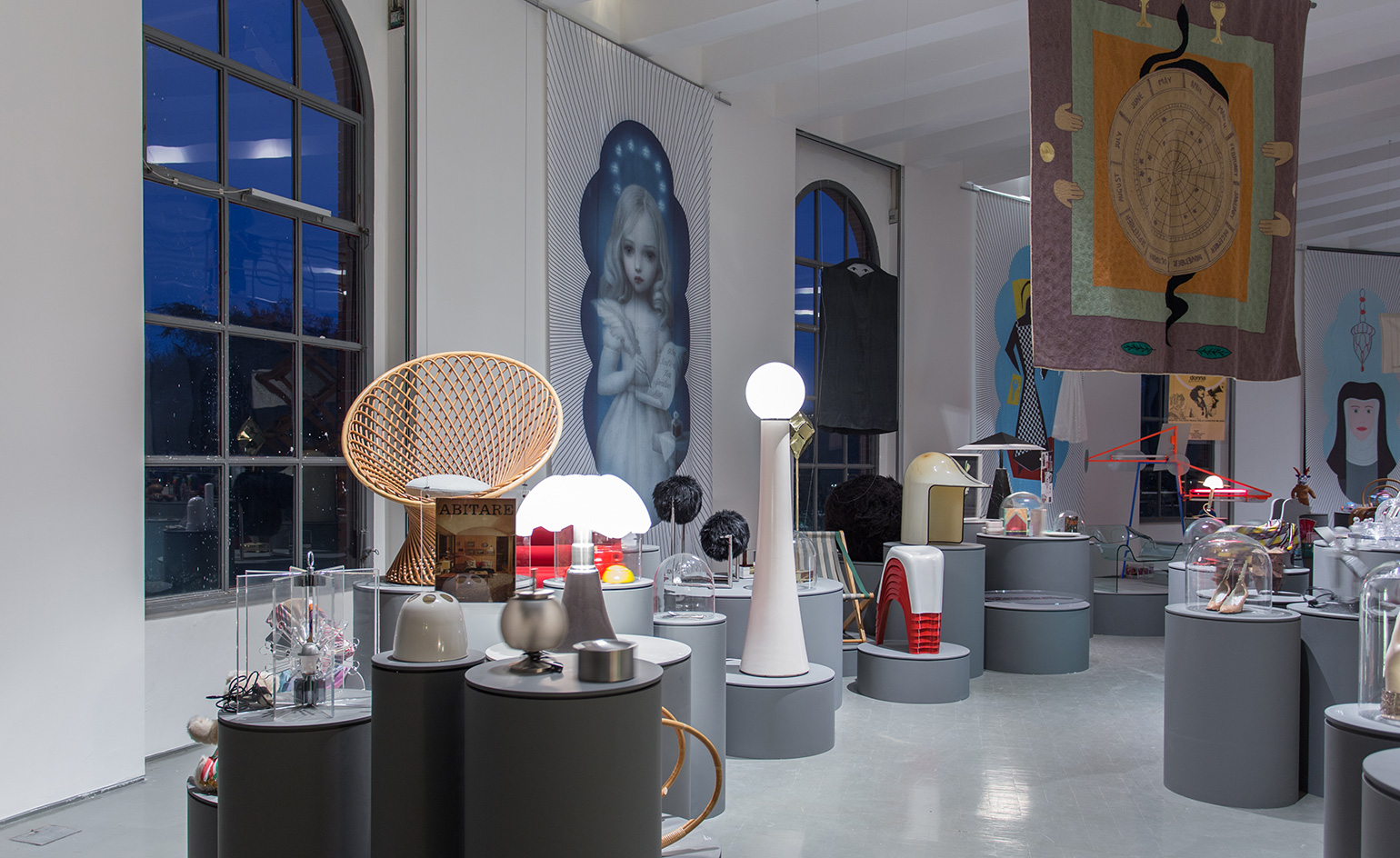
One of the exhibitions is the ’Women in Italian Design’ show curated by the Triennale’s director Silvana Annicchiarico and designed by Margherita Palli, a Milan based set designer for La Scala. Pictured: ’Women in Italian Design’ installation view.
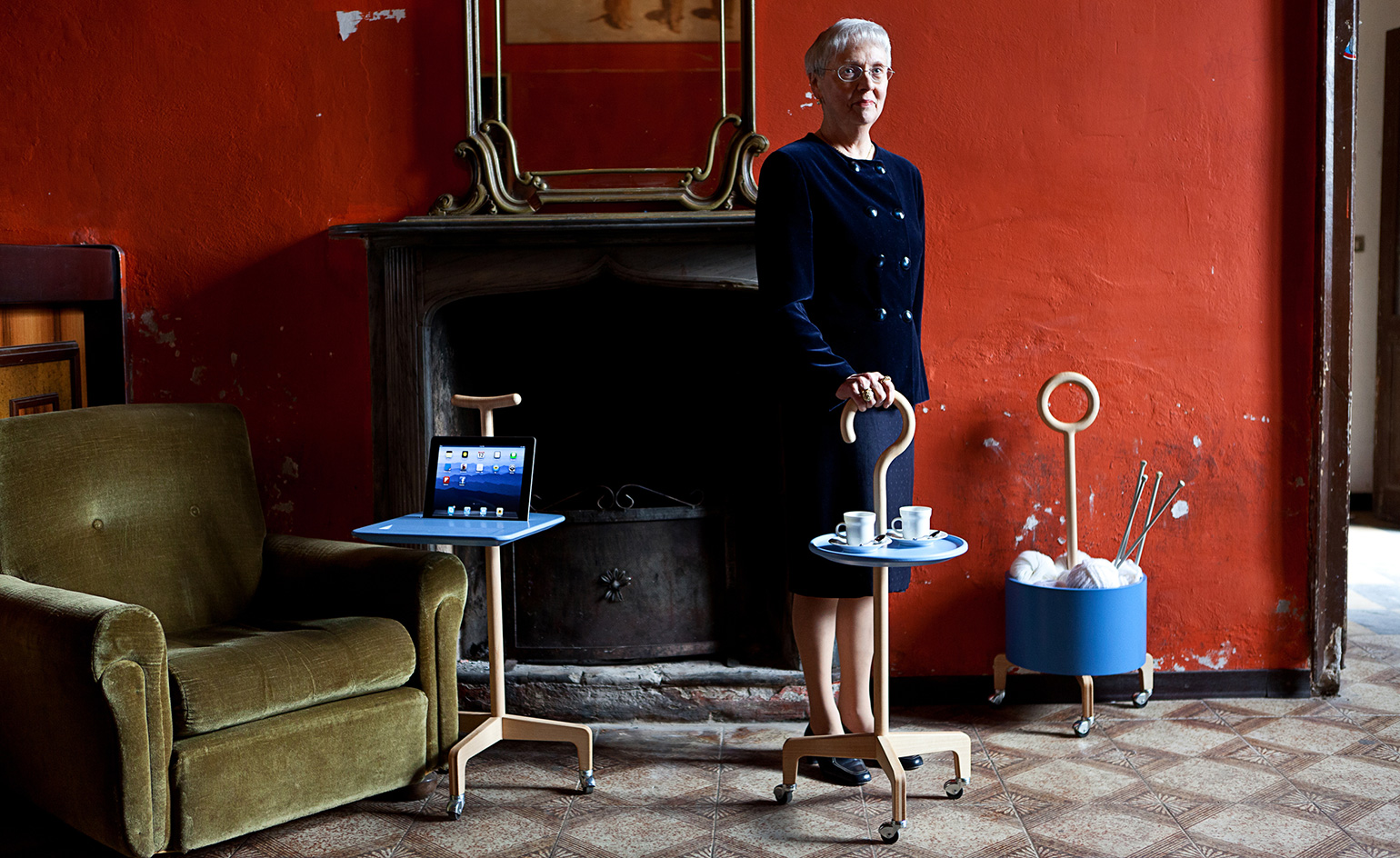
’Women in Italian Design’ brings together 650 objects designed by 400 Italian women, or female designers working for Italian companies. Pictured: ’No Country For Old Men’ canes, by Lanzavecchi + Wai, 2012
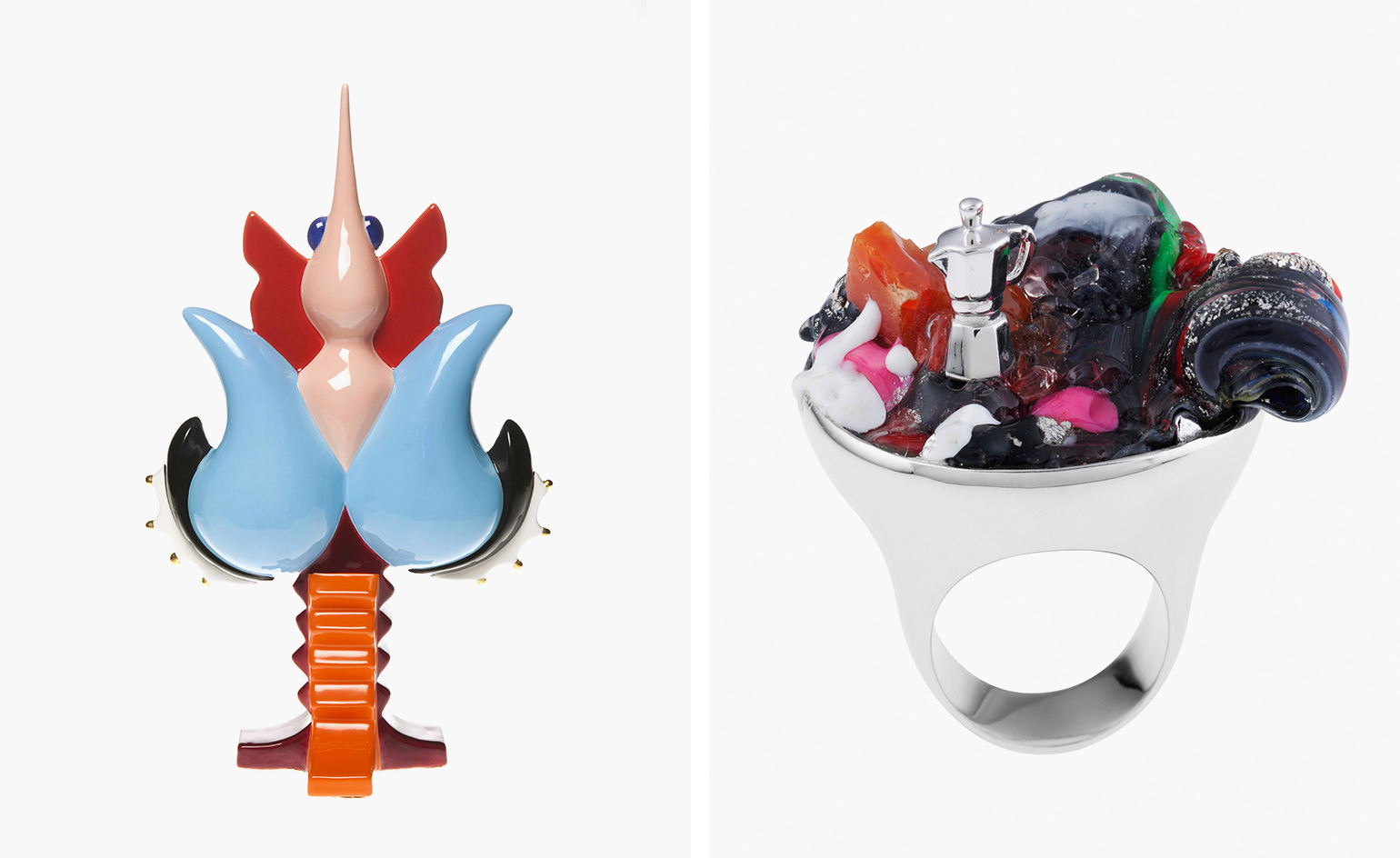
The exhibition is a colourful, joyful ride of creative output including ceramics, silverware, jewellery, furniture, wood work, and even chocolates. Pictured left: ’Baby Alien’, by Fulvia Mendini, for Ceramiche Rigoni, 2009. Right: ’Blob ring – Moka’, by Barbara Uderzo, for Autoproduzione, 1993

Work from big female names in design sits comfortably with lesser known talents. Pictured left: ’Cover_Vase Origami’, by Elena Salmistraro, for Okinawa, 2010. Right: ’Caleidoscopio’, by Gabriella Crespi, 1970
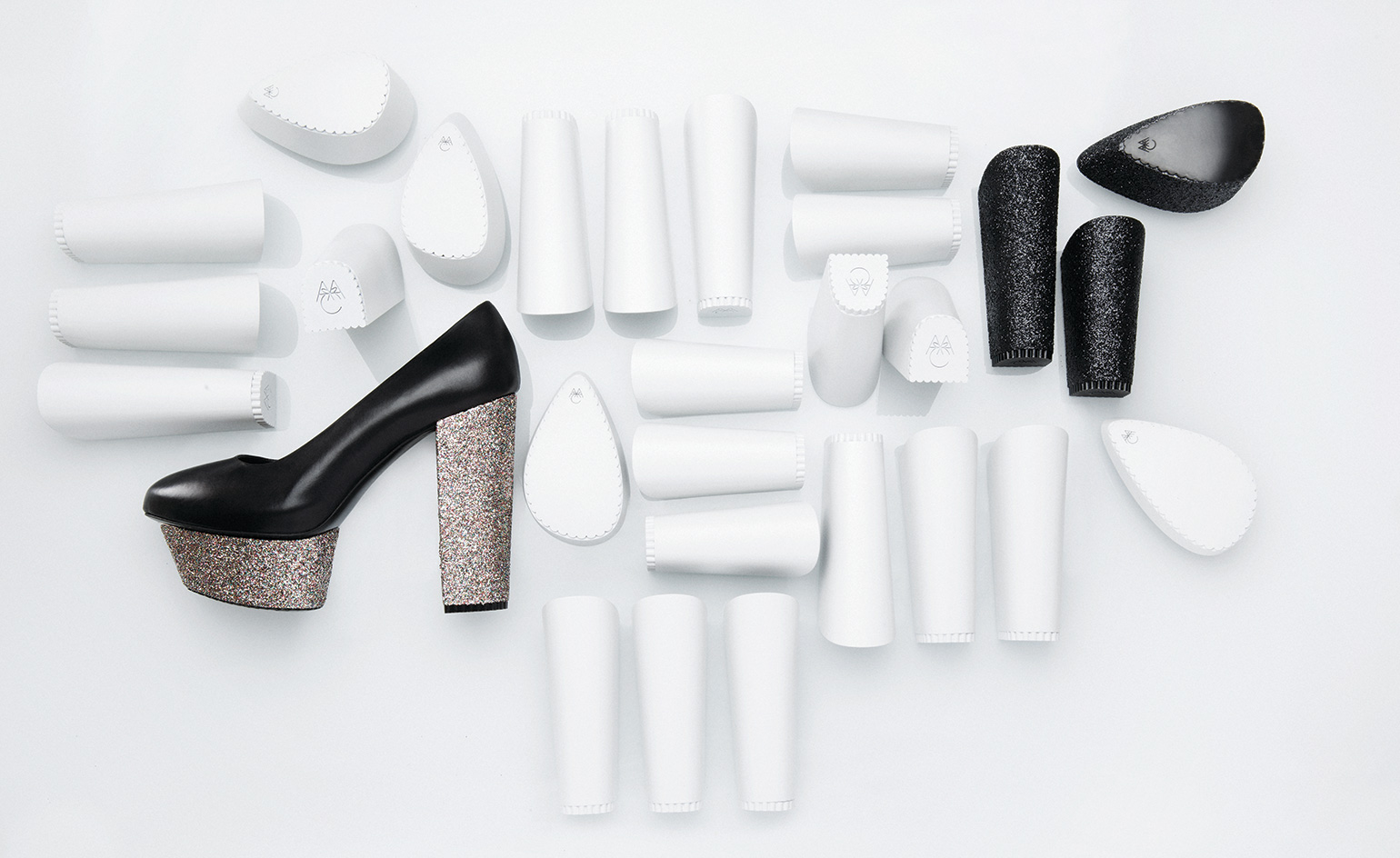
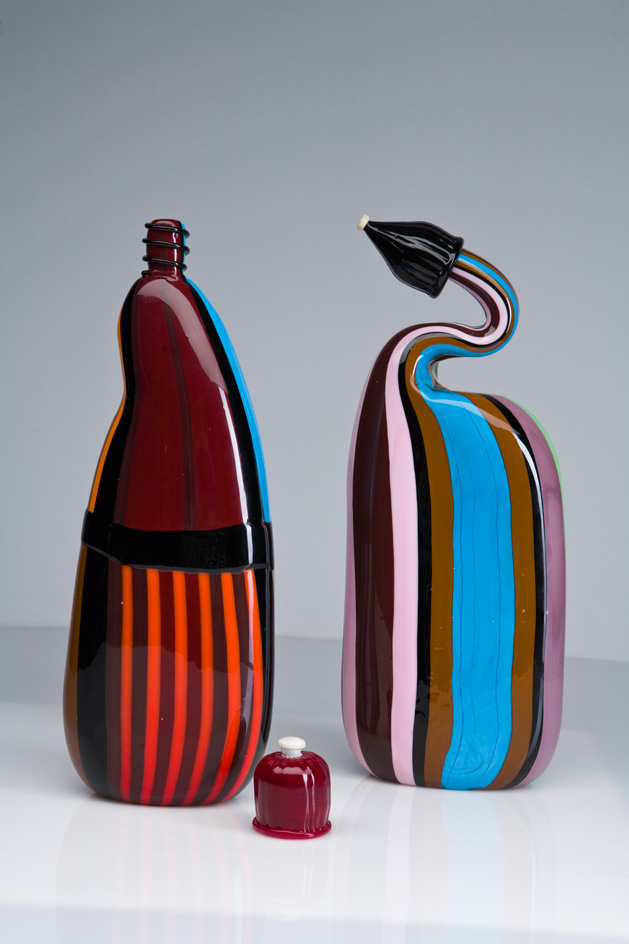
’Detergens’, by Maria Grazia Rosin, for Anfora, Murano, 1992
INFORMATION
For more information, visit the Milan Triennale’s website
Receive our daily digest of inspiration, escapism and design stories from around the world direct to your inbox.
JJ Martin
-
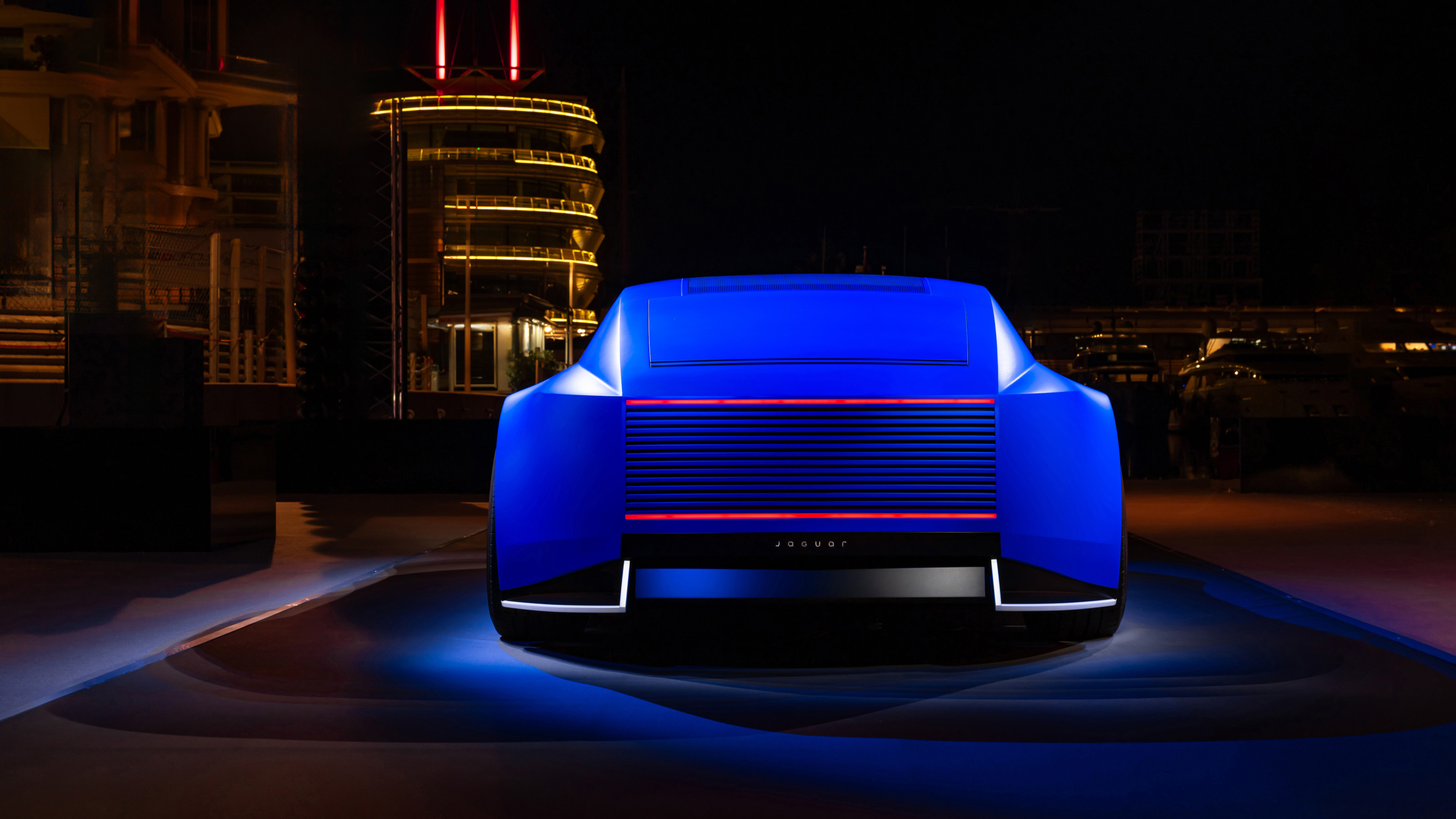 JLR is a mainstay of modern motoring luxury, but do car brands need creative figureheads?
JLR is a mainstay of modern motoring luxury, but do car brands need creative figureheads?With Gerry McGovern departing from Jaguar Land Rover, what next for the Indian-owned, British-built house of brands?
-
 Royal Huisman brings superyacht scale to a new age of sail with the 81M Sky project
Royal Huisman brings superyacht scale to a new age of sail with the 81M Sky projectRoyal Huisman’s The Sky project is a mission to build the world’s tallest sloop – we explore the technical challenges of creating a sailing superyacht
-
 Could this 3D-printed dwelling solve Luxembourg’s housing crisis?
Could this 3D-printed dwelling solve Luxembourg’s housing crisis?With Tiny House Lux, ODA Architects showcases a functional, low-cost and sustainable home that serves as an important case study for the potential benefits of 3D-printed construction
-
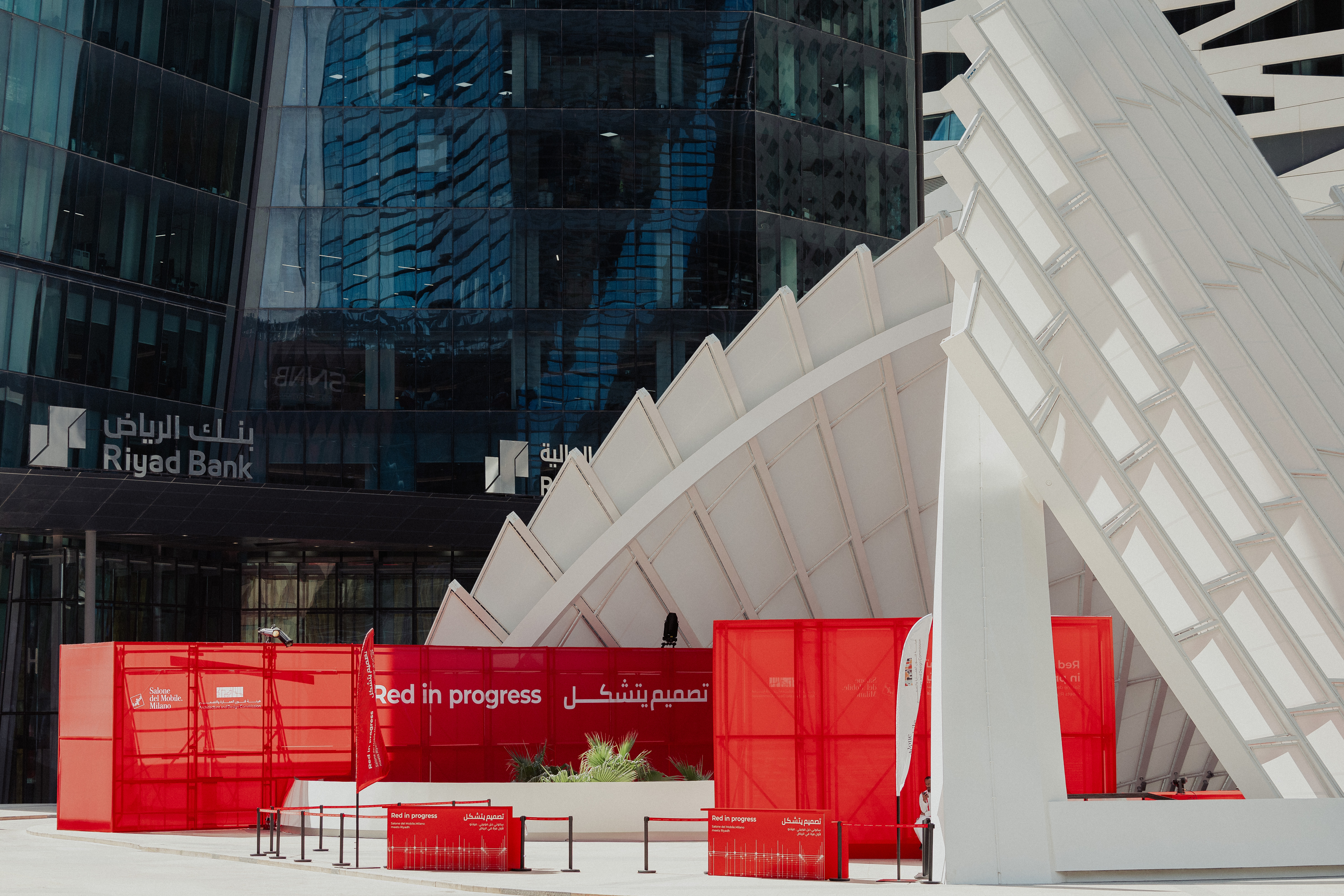 ‘Locally anchored and globally conversant’: Salone del Mobile debuts in Saudi Arabia
‘Locally anchored and globally conversant’: Salone del Mobile debuts in Saudi ArabiaSalone del Mobile lands in Riyadh (26-28 November 2025), bringing its creative and manufacturing know-how to one of the world’s fastest-growing markets and setting the stage for Italo-Saudi design relations
-
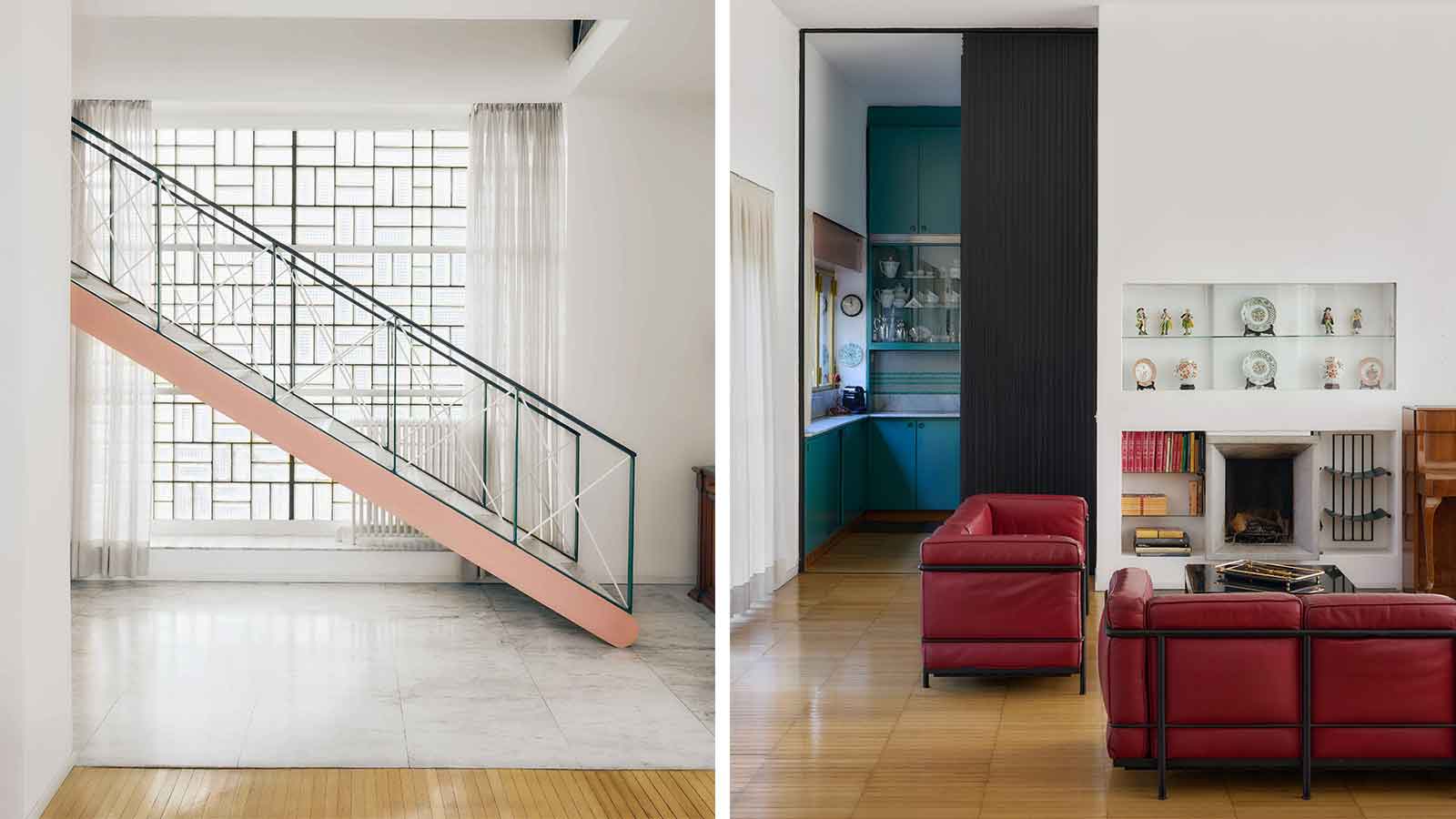 Alcova 2026 locations include a Rationalist gem and an abandoned church
Alcova 2026 locations include a Rationalist gem and an abandoned churchAlcova returns for an 11th edition in 2026 (20-26 April), once again opening up two exclusive Milanese locations, the Baggio Military Hospital and Franco Albini's Villa Pestarini
-
 Salone del Mobile 2026 will embrace collectible design with Salone Raritas
Salone del Mobile 2026 will embrace collectible design with Salone RaritasSalone del Mobile has Salone Raritas, a new exhibition space at the fair (21-26 April 2026), curated by Annalisa Rosso and designed by Formafantasma
-
 O Milano! Design's epic annual spectacle in photos
O Milano! Design's epic annual spectacle in photosCall us biased, but we believe that Milan Design Week is, at this moment in time, the greatest show on earth
-
 For its 24th edition, Triennale Milano's International Exhibition examines the theme of ‘Inequality’
For its 24th edition, Triennale Milano's International Exhibition examines the theme of ‘Inequality’The design institution shines a light on events such as the Grenfell disaster, climate crises and the Israel-Hamas war through architecture, art, products, technology and data
-
 ‘Romantic brutalism’ rethinks Polish craft
‘Romantic brutalism’ rethinks Polish craftAn exhibition in Warsaw gives local makers their due, looking inside the burgeoning world of Polish design
-
 Eight designers to know from Rossana Orlandi Gallery’s Milan Design Week 2025 exhibition
Eight designers to know from Rossana Orlandi Gallery’s Milan Design Week 2025 exhibitionWallpaper’s highlights from the mega-exhibition at Rossana Orlandi Gallery include some of the most compelling names in design today
-
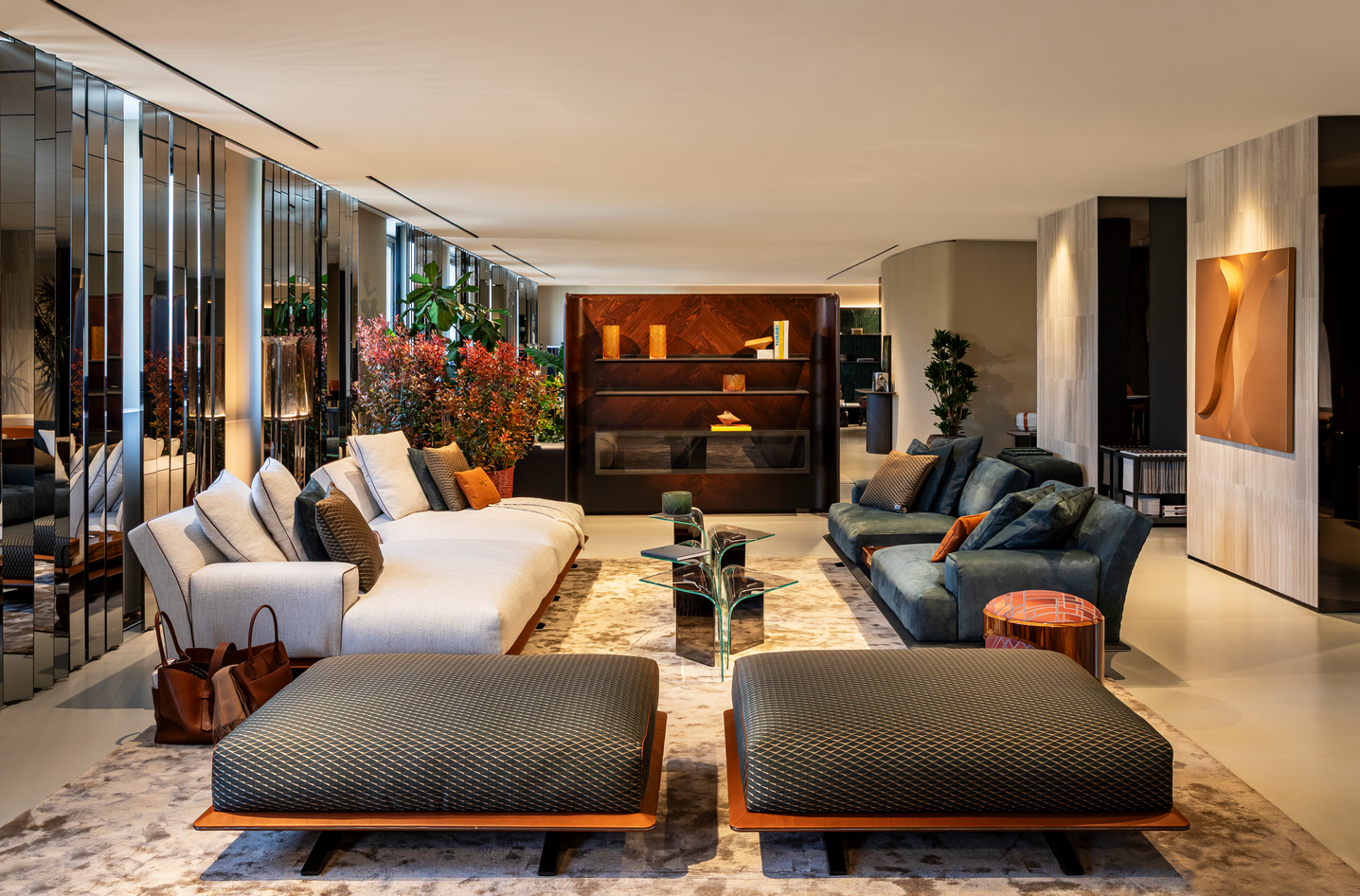 Bentley’s new home collections bring the ‘potency’ of its cars to Milan Design Week
Bentley’s new home collections bring the ‘potency’ of its cars to Milan Design WeekNew furniture, accessories and picnic pieces from Bentley Home take cues from the bold lines and smooth curves of Bentley Motors